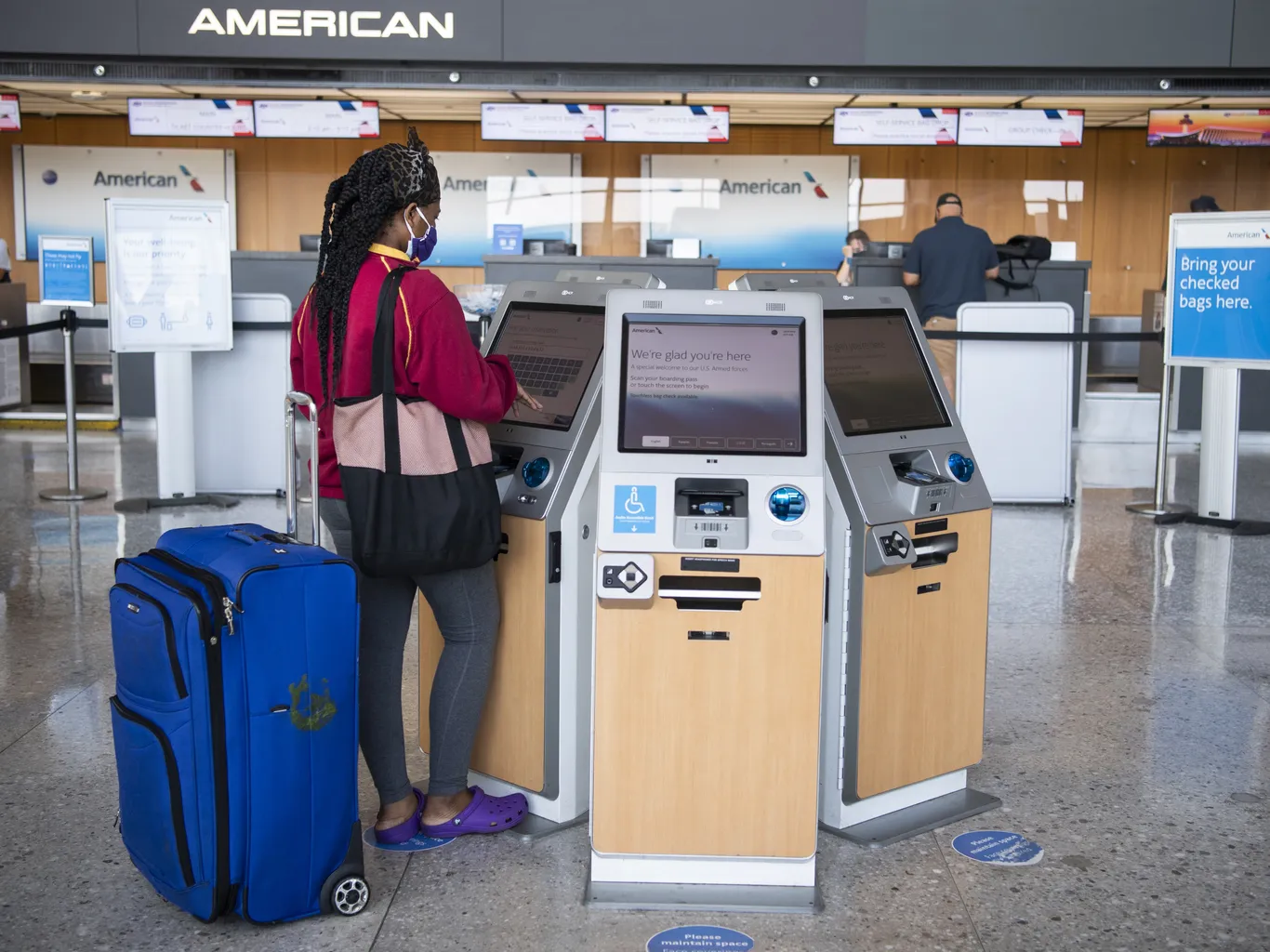Project Overview
This case study focuses on optimizing the reservation retrieval process at American Airlines’ kiosks. The project aimed to streamline the user experience by reducing the time and effort required to retrieve bookings, addressing key pain points identified through user research.
The Problem
Users experienced difficulties with the lengthy and often unsuccessful attempts at retrieving reservations from kiosks. These challenges led to increased frustration and operational inefficiencies.
The Solution
- Streamlined Process: Implemented a more intuitive flow for reservation retrieval.
- User Feedback Integration: Solutions were developed based on direct observations and feedback, focusing on reducing steps and simplifying the interface.
- Testing and Iteration: Prototypes were rigorously tested with real users to ensure effectiveness.
Information Architecture
A revised information architecture was developed to facilitate a quicker, more logical navigation path for users, significantly reducing cognitive load and retrieval time.
Value of the Project
- For Users: Improved satisfaction through a quicker and more reliable reservation retrieval process.
- For American Airlines: Enhanced operational efficiency and reinforced brand loyalty by providing a seamless user experience.
UI Design
The redesign prioritized clarity and ease of use, employing a minimalistic approach with clear call-to-actions and streamlined steps, aligning with AA’s overall brand identity.
Conclusion
The optimization of the reservation retrieval process at American Airlines’ kiosks demonstrated the power of user-centered design. By addressing specific user pain points through research and iterative design, the project significantly improved the kiosk user experience, showcasing the impact of thoughtful UX design on operational efficiency and customer satisfaction.
This structured summary encapsulates the key aspects of the case study based on the provided presentation, focusing on the challenges, solutions, and outcomes of the project.

